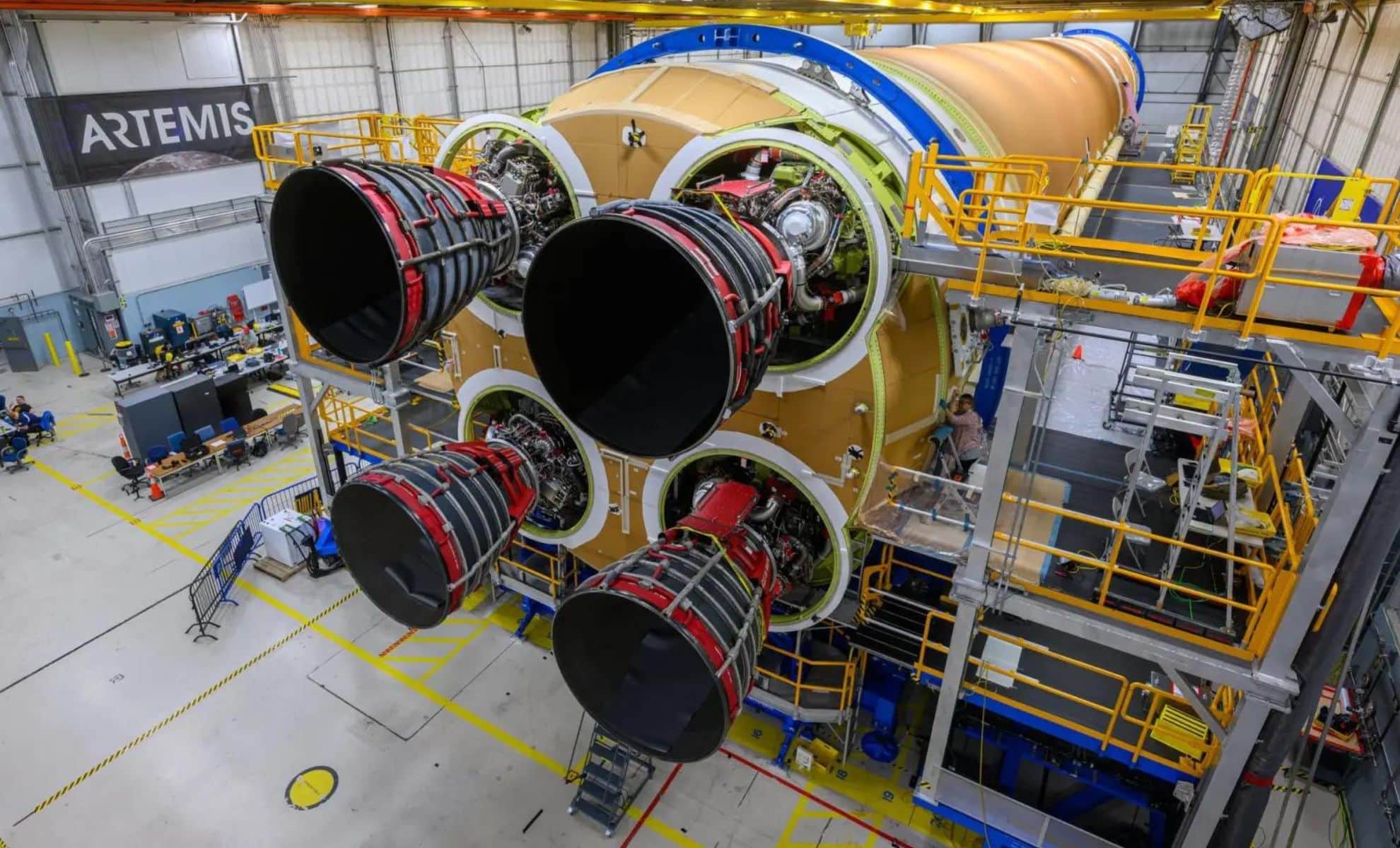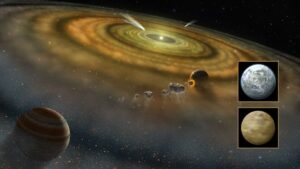NASA is poised to unveil a major milestone in its ambitious Artemis program with the launch of the main stage of the Space Launch System (SLS) rocket.
This event, scheduled for mid-July, will take place at NASA’s Michoud Assembly Facility in New Orleans, where the towering 212-foot main stage was assembled.
After launch, the main stage will be meticulously loaded onto NASA’s Pegasus shuttle for transport to the Kennedy Space Center in Florida. This event is critical in the preparation of the Artemis II mission, which aims to return humans to the Moon and ultimately establish a sustainable lunar presence.
NASA event details and media participation
The upcoming presentation event is an excellent opportunity for media representatives to gain an overall view of Artemis II mission preparation. Attendees will have the chance to capture high-quality images and video footage of the impressive main stage as it is transferred to the Pegasus barge.
The event will also feature insightful remarks from NASA and industry leaders who will discuss the importance of the mission and the advanced technologies used. In addition, subject matter experts from NASA and its Artemis industry partners will be available for interviews, offering in-depth information and answering questions.
These interactions will provide journalists with rich material for detailed reporting. Additional information regarding specific event times and interview opportunities will be provided closer to the date. The event is open to both US and international media, with application deadlines set for June 14 for international media and July 3 for US media. Interested media should adhere to NASA’s Media Credentialing Policy, available online.
NASA also shared the announcement on social media, highlighting the significance of the event:
Exciting news! @NASA I will be rolling the fully assembled main stage for #Artemis II @NASA_SLS rocket outside #NASAMichoud in the middle of July. The 212-foot-tall stage will be loaded onto the agency’s Pegasus barge for delivery to @NASAKennedy.
LEARN MORE >> https://t.co/JbNrUlJbGf
— NASA Marshall (@NASA_Marshall) June 7, 2024
The significance of the Artemis II mission and the SLS rocket
The Mission Artemis II marks a crucial step in NASA’s efforts to explore deep space and establish a long-term human presence on the Moon. The SLS rocket’s main stage, a technological marvel equipped with four RS-25 engines, will generate more than 2 million pounds of thrust.
This massive power is essential to launch the Orion spacecraft and its crew of astronauts to the Moon. Upon arrival at the Kennedy Space Center, teams from NASA’s Research Ground Systems Program will complete the final equipment of the main stage. This complex process involves the integration of various components and systems essential to the rocket’s performance during launch. The stage will then undergo final preparation for stacking and integration with other elements of the launch system.
Scheduled for launch in September 2025, Artemis II will be the first crewed mission under NASA’s Artemis program. It will orbit the Moon, testing spacecraft systems and paving the way for future lunar landings and deep space exploration.
Joint efforts in deep space exploration
The successful development, assembly and transport of the main stage underscore the collaborative nature of this ambitious project. NASA merged with Boeinglead performer on the main stage, and Aerojet Rocketdyne, the L3 Harris Technologies company responsible for the RS-25 engines. This partnership exemplifies the multidisciplinary approach required to achieve mission objectives.
The Artemis campaign aims to land the first woman, the first person of color, and the first international partner astronaut on the moon. These goals reflect NASA’s commitment to diversity and international cooperation in space exploration. The SLS rocketwith its unmatched power and capabilities, is at the center of this vision.
Designed to carry the Orion spacecraft, astronauts and essential supplies to the Moon in a single launch, the SLS is vital to the success of future missions. These missions include establishing a sustainable lunar outpost and preparing for the eventual human exploration of Mars.



